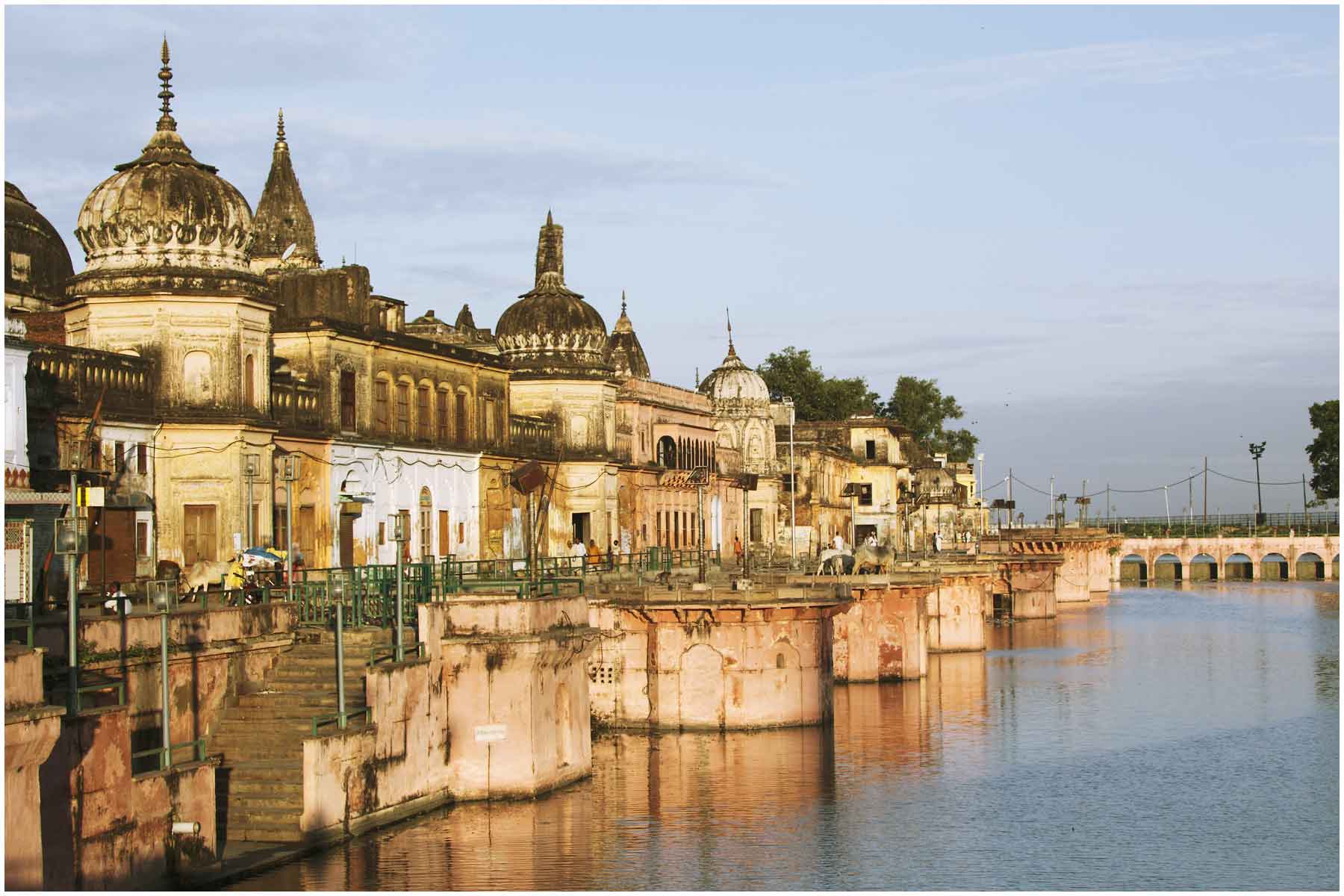Description
Ayodhya also was known as Saket, is an ancient city of India, believed to be the birthplace of Lord Rama and setting of the epic Ramayana. Ayodhya was also the capital of the ancient Kosala Kingdom. It is on the right bank of the river Saryu river. This town is closely associated with Lord Rama. The city of Ayodhya is 9,000 years old and was founded by Manu, the first man in the Vedas, and law-giver of the Hindus. Other sources hold that it was founded by and is named after, King Ayudh. It was said to be the capital of the Solar dynasty, of which Lord Rama was the most celebrated king. Skanda Purana and other Puranas list Ayodhya as one of the seven most sacred cities of India, as it has been the backdrop for much of Hindu scriptures. Today it is predominantly a religious city with its historical significance and sacred temples. The Atharvaveda described Ayodhya as “a city built by God and being prosperous as paradise itself”.
Several religions have prospered in Ayodhya simultaneously in different periods. Elements of Hinduism, Buddhism, Jainism and Islam can be found in the city till date. In Jainism, for example, five Tirthankaras were born here, including Adinath, the first Tirthankar, Ajitnath was the second, Tirthankar, Abhinandanath (fourth), while Sumatinath was the fifth Tirthankar and Anantnath was fourteenth Tirthankar in line. According to the belief in Jainism, Ayodhya is the second eternal city after Shikharji, and will never vanish during the changing epochs. Ayodhya like Lucknow demonstrates a Ganga-Jamuni culture of secularism whereas an evidence the Hanuman Garhi temple was built by Nawab of Awadh.
